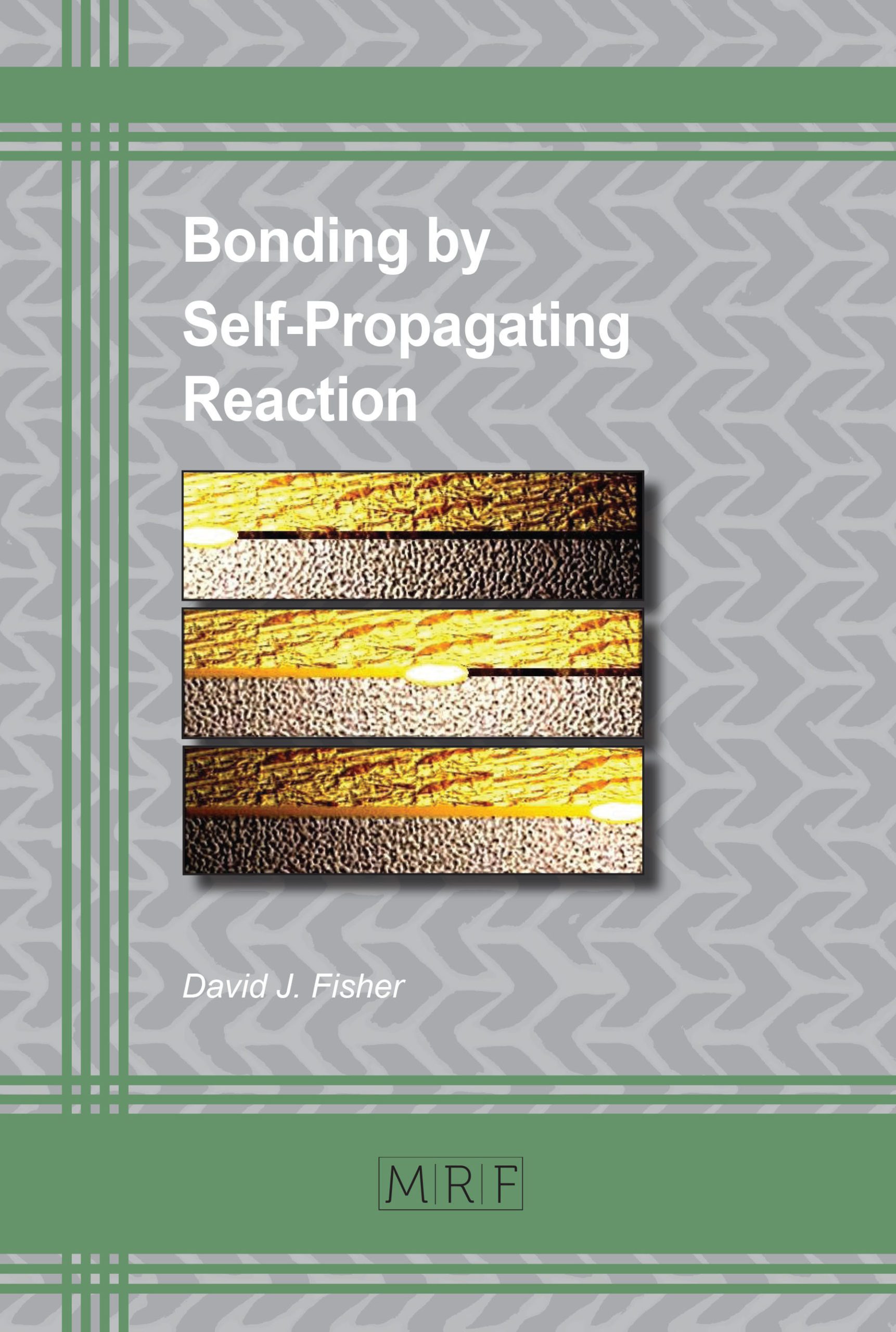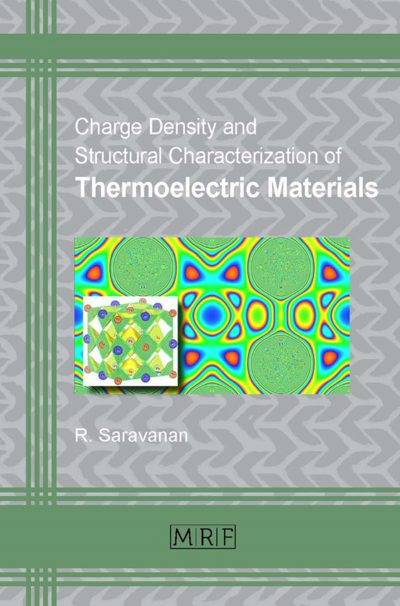Bonding by Self-Propagating Reaction
David. J. Fisher
Materials Research Foundations Vol. 45
Publication Date 2019, 146 Pages
Print ISBN 978-1-64490-008-6 (release date March 15, 2019)
ePDF ISBN 978-1-64490-009-3
DOI: 10.21741/9781644900093
Bonding by Self-Propagating Reaction represents a highly promising approach for the joining of dissimilar materials in such fields as microelectronics, infrared sensors, micro-electro-mechanical systems (MEMS), aerospace and nuclear industries, and surface engineering for chemical, mechanical and microsystems applications. The technique leads to high bonding strengths and low rates of damage on substrates. Another advantage is that it does not require high processing temperatures. The book is based on 251 original resources and includes their direct web link for in-depth reading.
Keywords
Microsystems, Sensors, Actuators, High-Temperature Synthesis, Multilayer Films, Bilayer Thickness, Magnetron Sputtering, Thermite-Type Bonding, Silicon Wafers, Intermetallics, Metalloids, Metallic Glasses, Ceramics, Metallized Ceramics, Nanofoils, Nanocomposite Foils, Nanocrystalline Films, Nano-Laminates, Nano-Multilayers, Aluminum alloys, Nano-Aluminates, Polymers, Porous Materials, Stainless Steels, Titanium Alloys, Titanium Nanolayers
Table of Contents (condensed)
Bonding by Self-Propagating Reaction 1
Thermite-Type Bonding 5
Non-Thermite Type Bonding 16
Miscellaneous 113
References 122
Keyword Index 140
Google Preview
https://en.wikipedia.org/wiki/Reactive_bonding

































